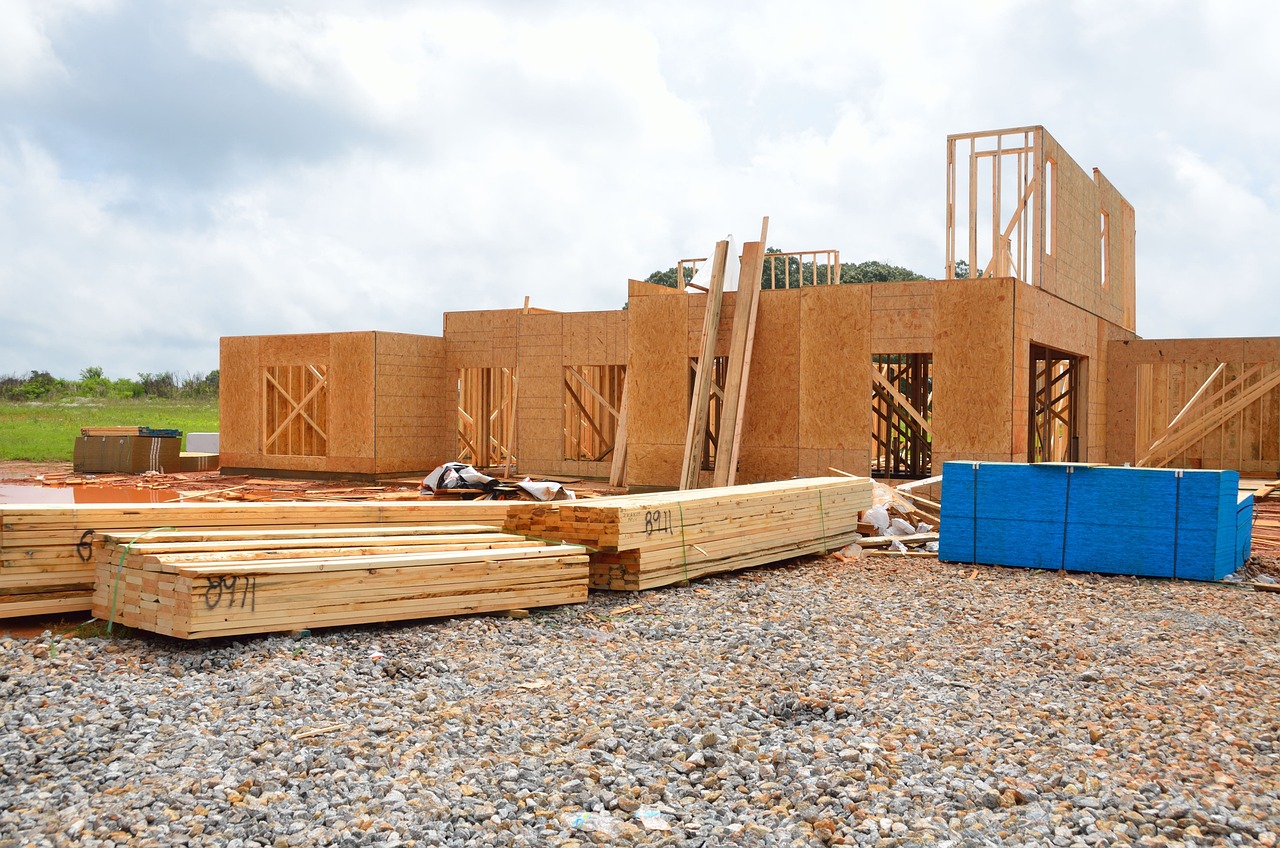
Owning a home in a thriving neighborhood is a dream for many. However, neighborhoods can undergo changes over time, some of which might signal a decline. Recognizing these signs is crucial for homeowners to make timely decisions about their property investment. Here are six key indicators that suggest a neighborhood may be on the decline, and it might be time to consider selling your house.
Deterioration in Property Upkeep
A noticeable decline in the maintenance of neighboring properties is a significant indicator of a neighborhood’s downturn. Neglected lawns, unkempt gardens, and deteriorating exteriors not only detract from the aesthetic appeal but also diminish the value of your home. When residents lose interest in maintaining their properties, it often reflects a broader disengagement from the community, which can have a direct impact on property values.
Escalation in Police Presence
An increase in police activity in a neighborhood is a telltale sign of rising crime rates. According to Teddi Schill, founder of Raleigh Area Property Group, a surge in property crimes and violent offenses erodes the residents’ sense of safety and security, indicating a decline in law and order.
Falling Property Values
Regular monitoring of property values, such as those provided by Zillow’s Zestimate, can reveal important trends. A consistent drop in home values, especially when compared to overall city trends, is a red flag. As Schill explains, decreasing property values reflect a declining desirability of the area, complicating efforts to sell or refinance homes.
Shift from Homeownership to Rentals
The transformation of a neighborhood from predominantly owner-occupied to rental properties can negatively impact the area. Renters may not invest in the upkeep of the property to the same extent as homeowners, potentially leading to a decline in overall neighborhood appeal. Additionally, an increase in foreclosures can further depress property values, creating an unfavorable cycle of decline.
Prolonged Vacancies
Homes that languish on the market for extended periods signal potential issues, either with the properties themselves or the neighborhood’s attractiveness. Such long vacancies can force sellers to lower their asking prices, affecting property values across the neighborhood.
Business Closures
The departure of businesses, especially those catering to families and contributing to community vibrancy, is a stark indication of a neighborhood’s waning appeal. As Schill points out, empty storefronts and shuttered businesses are symptomatic of a community in decline.
Conclusion: Proactive Measures for Homeowners
Living in a desirable neighborhood is a key aspect of homeownership. However, when signs of decline become evident, proactive measures are necessary. Schill advises homeowners to engage with their community, communicate with local authorities, and participate in revitalization efforts. The fate of a neighborhood often rests in the collective action of its residents.